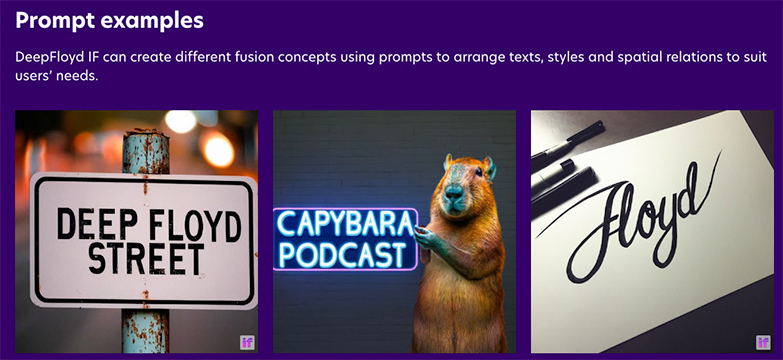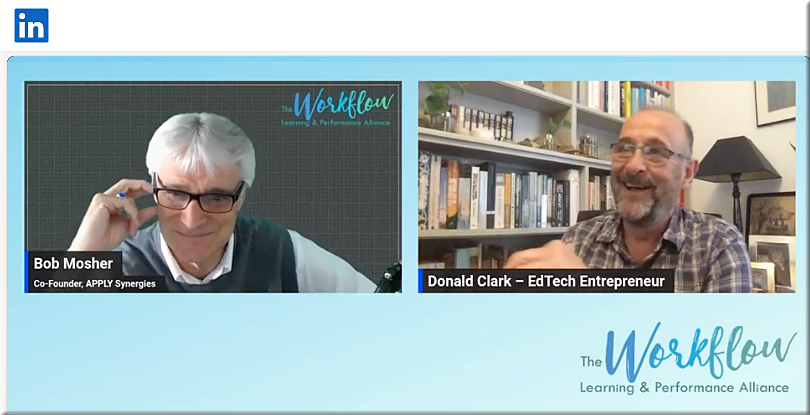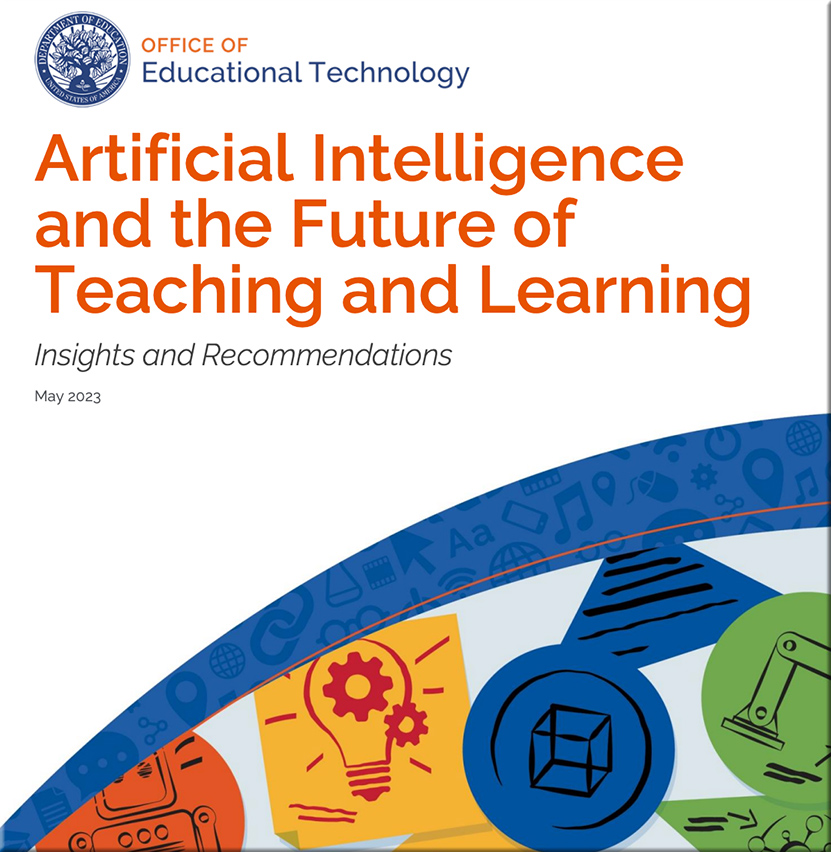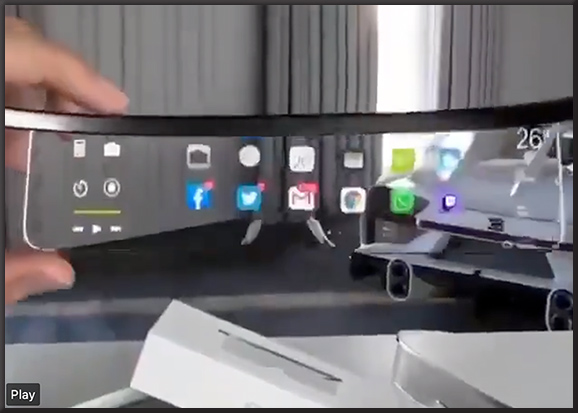Work Shift: How AI Might Upend Pay — from bloomberg.com by Jo Constantz
Excerpt:
This all means that a time may be coming when companies need to compensate star employees for their input to AI tools rather than their just their output, which may not ultimately look much different from their AI-assisted colleagues.
“It wouldn’t be far-fetched for them to put even more of a premium on those people because now that kind of skill gets amplified and multiplied throughout the organization,” said Erik Brynjolfsson, a Stanford professor and one of the study’s authors. “Now that top worker could change the whole organization.”
Of course, there’s a risk that companies won’t heed that advice. If AI levels performance, some executives may flatten the pay scale accordingly. Businesses would then potentially save on costs — but they would also risk losing their top performers, who wouldn’t be properly compensated for the true value of their contributions under this system.
US Supreme Court rejects computer scientist’s lawsuit over AI-generated inventions — from reuters.com by Blake Brittain
Excerpt:
WASHINGTON, April 24 – The U.S. Supreme Court on Monday declined to hear a challenge by computer scientist Stephen Thaler to the U.S. Patent and Trademark Office’s refusal to issue patents for inventions his artificial intelligence system created.
The justices turned away Thaler’s appeal of a lower court’s ruling that patents can be issued only to human inventors and that his AI system could not be considered the legal creator of two inventions that he has said it generated.
Deep learning pioneer Geoffrey Hinton has quit Google — from technologyreview.com by Will Douglas Heaven
Hinton will be speaking at EmTech Digital on Wednesday.
Excerpt:
Geoffrey Hinton, a VP and engineering fellow at Google and a pioneer of deep learning who developed some of the most important techniques at the heart of modern AI, is leaving the company after 10 years, the New York Times reported today.
According to the Times, Hinton says he has new fears about the technology he helped usher in and wants to speak openly about them, and that a part of him now regrets his life’s work.
***
What Is Agent Assist? — from blogs.nvidia.com
Agent assist technology uses AI and machine learning to provide facts and make real-time suggestions that help human agents across retail, telecom and other industries conduct conversations with customers.
Excerpt:
Agent assist technology uses AI and machine learning to provide facts and make real-time suggestions that help human agents across telecom, retail and other industries conduct conversations with customers.
It can integrate with contact centers’ existing applications, provide faster onboarding for agents, improve the accuracy and efficiency of their responses, and increase customer satisfaction and loyalty.
From DSC:
Is this type of thing going to provide a learning assistant/agent as well?
A chatbot that asks questions could help you spot when it makes no sense — from technologyreview.com by Melissa Heikkilä
Engaging our critical thinking is one way to stop getting fooled by lying AI.
Excerpt:
AI chatbots like ChatGPT, Bing, and Bard are excellent at crafting sentences that sound like human writing. But they often present falsehoods as facts and have inconsistent logic, and that can be hard to spot.
One way around this problem, a new study suggests, is to change the way the AI presents information. Getting users to engage more actively with the chatbot’s statements might help them think more critically about that content.
Stability AI releases DeepFloyd IF, a powerful text-to-image model that can smartly integrate text into images — from stability.ai

New AI Powered Denoise in PhotoShop — from jeadigitalmedia.org
In the most recent update, Adobe is now using AI to Denoise, Enhance and create Super Resolution or 2x the file size of the original photo. Click here to read Adobe’s post and below are photos of how I used the new AI Denoise on a photo. The big trick is that photos have to be shot in RAW.


















